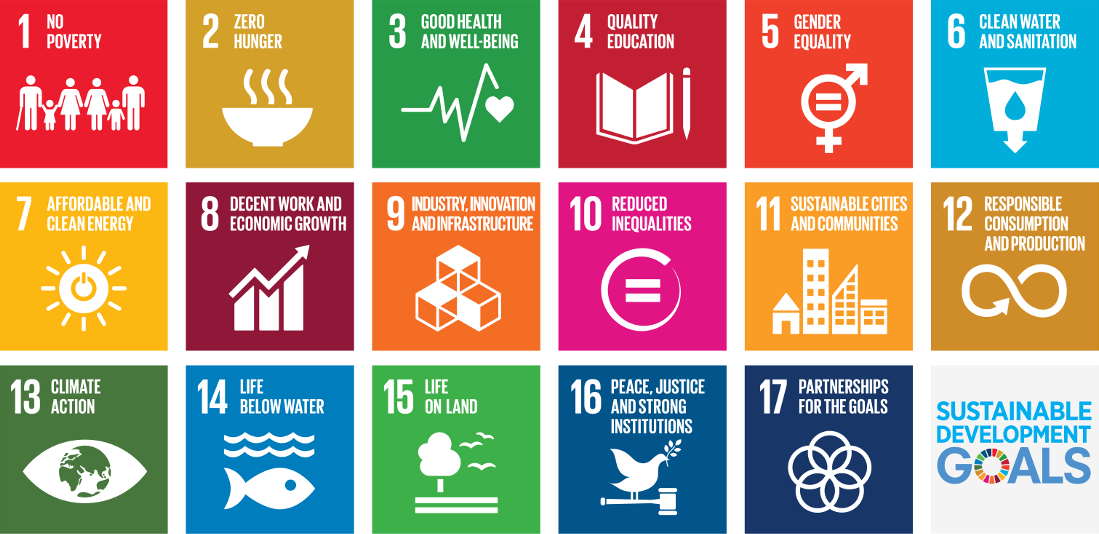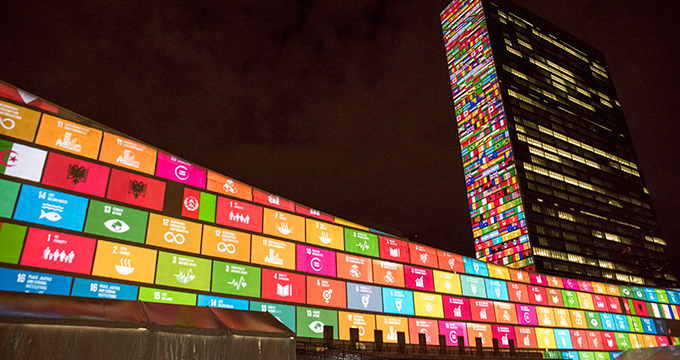Sustainability and ESG have become hot topics over the past months – even years. Any organization willing to create a positive impact with their activities have already those concepts in their minds, wondering what the next step is to take. But shouldn’t organizations and individuals understand, first how these fit in the bigger picture?
Sustainable Development Goals 101
In our latest article, we did not only go on a quest for data insight, but we came up with a glimpse of one of the 17 goals that are part of the Sustainable Development Goals: gender equality.

Back in 2015, United Nations in conjunction with almost all the economies on this planet teamed up to come up with a collection of goals, with the aim to facilitate a practical approach to addressing sustainability challenges. The result was a set of 17 goals, that are broken down into tangible targets, which economies need to measure, and monitor when relevant. Basically, it is like the scorecards used by organizations but applied on a bigger scale and with a whole different degree of complexity for sustainability purposes.
Although the increased concerns on climate change have put all the focus on carbon-neutral initiatives, there is a whole set of other issues that need to be tackled if we want to build a better world by 2030, by adopting a sustainability approach.

Going Back in Time, MDM
Although this whole SDG initiative might seem something new and fresh, it is just a smart evolution of the Millennium Development Goals(MDG).
Back at the start of 2000, the same United Nations defined a set of goals – at that time was smaller- that was critical to be achieved a better world, with less inequality and less poverty. At that time, the focus was fighting extreme poverty. Who does not remember Angelina Jolie – a top Hollywood star at that time – going with Jeffrey Sachs – a celebrity in other spheres – to Sub-Saharan countries to raise awareness of the desperate situation that people of those countries were facing – all of this streamlined in MTV? Or the spin-off of Live Aid in 2006 -this time called Live 8- , with U2, Coldplay, Elton John -amongst others- raising funds and awareness? Or the -naïve- attempt of governments to donate 0.7% of their GDP to lesser developed countries?
Lessons Learned From MDM
Time passed, and although substantial progress has been achieved in some of the Millennium Goals, part of it can be just attributed to the natural evolution of the less developed economies in a globalized world, rather than the direct effect of those goals and measures.
The slow embracing of MDM and its consequent effects can be attributed to different causes. But it can be summarized in the two main points:
- Not enough connected world. In the early 00s, most of the population did not have the amount of information that we have nowadays. For example, the internet was slowly taken up in European countries. Neither, we had at that time the rest of the tools and technologies we have today. In addition, we had not gone through a pandemic, that did not make distinctions based on income status or continents. Let’s say that we did not have enough awareness as a collective to appreciate that, at the end of the day, we are all part of the same planet.
- Tight timeliness, and slow process in measuring and correcting outcomes. At that time, statistical procedures, and adoption of the required data technologies for monitoring the performance of those goals were almost inexistent. The lag of time was in best cases 3 years, which was a challenge for any country to change their efforts in an agile way.
Having said that, from 2000 until 2015 – in the creation of the Sustainable Development Goals -, the world improved when it comes to reducing extreme poverty -from almost 30% in 2000 to 10% in 2015-, reducing the gender equality gap or increasing the chances to get a basic education in lesser developed countries.
Not Settling In, Aspiring to Greater Change: Sustainable Development Goals
Although, 2030 seems quite of a tight deadline to achieve the ambitious agenda set by the United Nations. The time is now to try to do our best and build a better world.
Society is more aware than ever that sustainable development is the way forward. I, personally believe, that going through a pandemic has made us more sensible in the globalized world we live in. In addition, we have the means. Economies and public institutions, like United Nations, can proactively monitor their targets, without having to wait three years to compile the data. Information moves faster, so faster are the decisions to keep building towards sustainability.
On top of that, we will always have all the celebrities and public figures advocating for change. For example, the past two weeks has been the United General Assembly, with the focal point: SDG, and the mediatic press that is receiving by adding figures like Melinda Gates, helps to bring their mission closer to the people.

While the time is now: we have the tools, the awareness exists and the rockstars are still there, it is up to us as individuals and the organizations in which we work to link our impacts to the overall picture. No ESG strategy can be effective if it does not go hand in hand with the overall effect that this trigger into SDG – or the bigger picture. But we will save that line of thought, for the next posts. Stay tuned.
In the meantime, if you are interested in understanding how adopting a data-driven approach when it comes to sustainability can help your organization to act on your ESG strategy, drop us an email.
